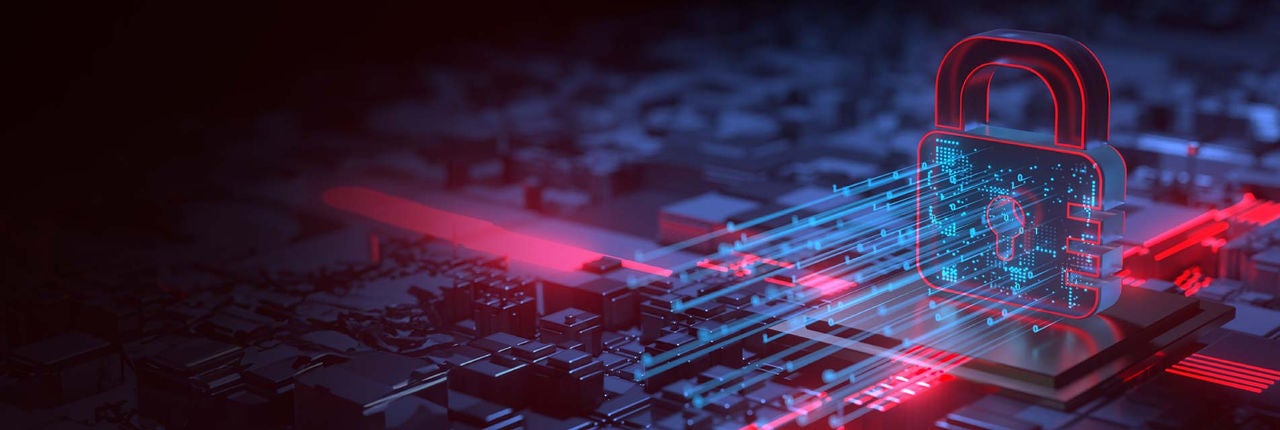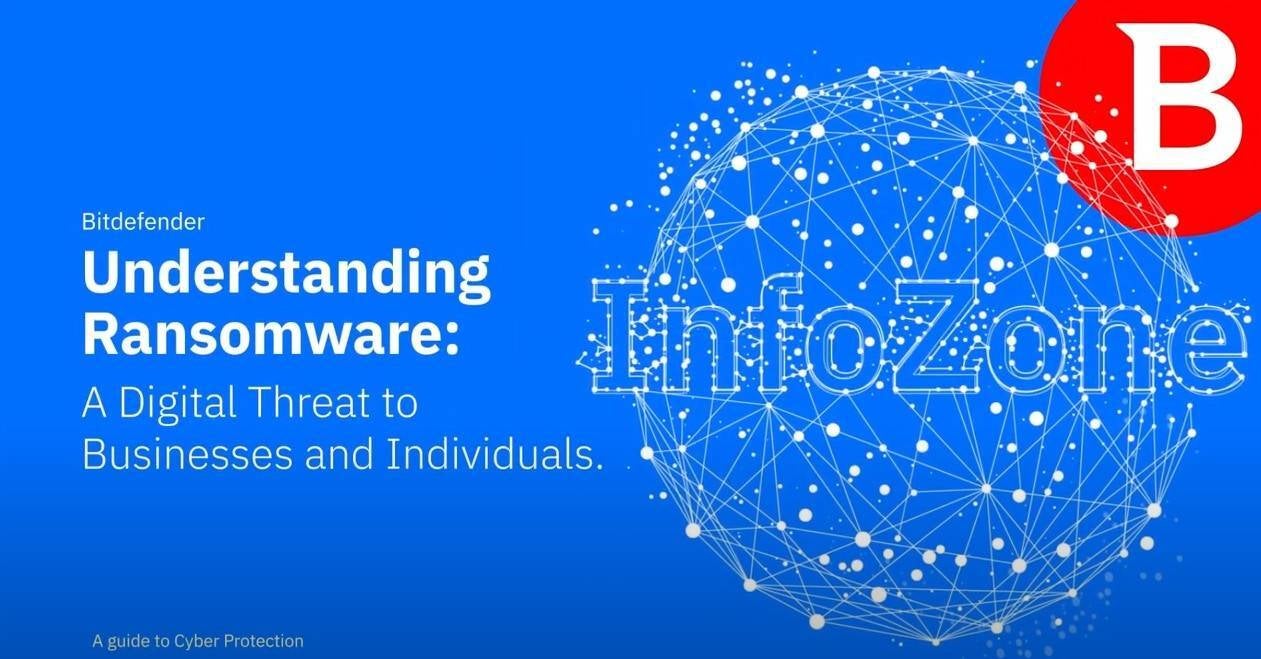There are different categories of ransomware, including "encryptors," which focus primarily on locking files, and "screen lockers," which prevent user access by displaying a lock screen. In both instances, victims are prompted to pay a ransom, often in digital currencies like Bitcoin, to regain control over their data or systems.
However, it's important to note that paying the ransom doesn't guarantee the safe return of your files. In some cases, victims may receive no decryption key or may find additional malware installed on their systems after payment.
The risk associated with ransomware has grown with the emergence of Ransomware as a Service (RaaS), a model that allows more individuals to carry out these types of attacks. Additionally, modern ransomware is capable of exploiting system vulnerabilities to spread throughout an organization, escalating a localized issue into a more extensive crisis that requires immediate attention.
Ransomware as a Service (RaaS) has democratized access to ransomware, making it possible for individuals with limited technical expertise to deploy attacks. This model works much like traditional software services, offering people the tools to launch sophisticated cyber-attacks.
In the RaaS model, two main groups work together: the ransomware creators and the affiliates. The creators build the ransomware and the required systems to spread it. The affiliates, recruited online, are responsible for deploying the ransomware. Some RaaS groups even spend large amounts of money on recruiting affiliates. Once part of the system, these affiliates can run their own ransomware campaigns using the existing infrastructure.
On the financial side, RaaS has multiple ways of making money. Affiliates might pay a regular fee, a one-time payment, or share profits with the creators. This process is often transparent and managed through online dashboards, where affiliates can monitor metrics like the number of infections and revenue generated. Payments usually happen via cryptocurrencies like Bitcoin, providing a layer of anonymity.
What makes RaaS even more challenging is its presence on the dark web, where it operates like any other competitive market. Just like legitimate software services, RaaS platforms may offer customer reviews, round-the-clock support, and package deals. They even use marketing techniques that mimic those of mainstream businesses.

